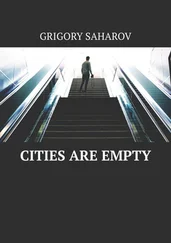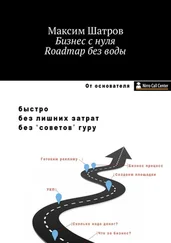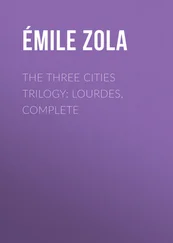1 ...7 8 9 11 12 13 ...18
1.6.2 Considering and Community
We find the City of Seaside, Oregon, vulnerable to potential seismic hazards to highlight some of the ideas explored in this segment. Seaside is a coastal city with a population of 6,000 to 14,000 based on the season of the year. According to the 2010 Decades Census estimates [65], 6,440 people are dispersed across the city to different houses. The seismic risk is Mw = 70 and a 25 km southwest epicenter of the area.
Equations [66] are used to build graphs of the amplitude of the ground motion measurements across the appropriate field of research.
For each residential building on the Seaside, Figure 1.9 shows the mean injury. In Figure 1.9, Bai et al. [67] describes insignificant, moderate, weighted and complete definitions.
A logistical model predicts the likelihood of dislocation of a household [65]. The likelihood of community dislocation is estimated in Figure 1.10.
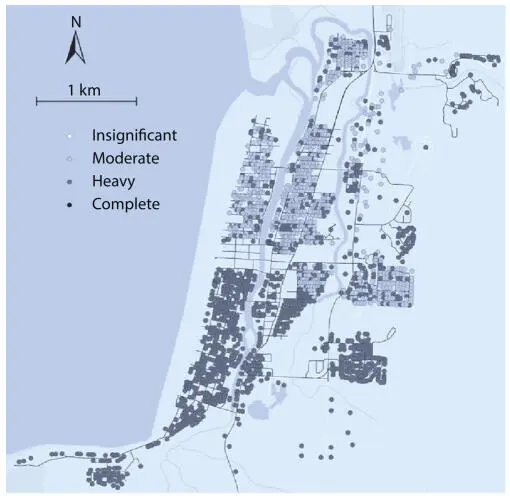
Figure 1.9Paradigm of damage of building.
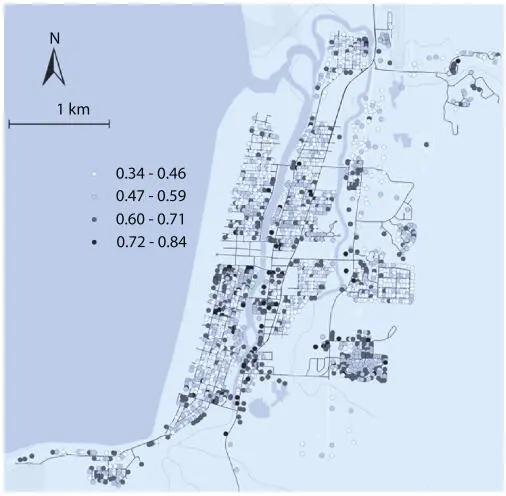
Figure 1.10Estimation of household dislocation.
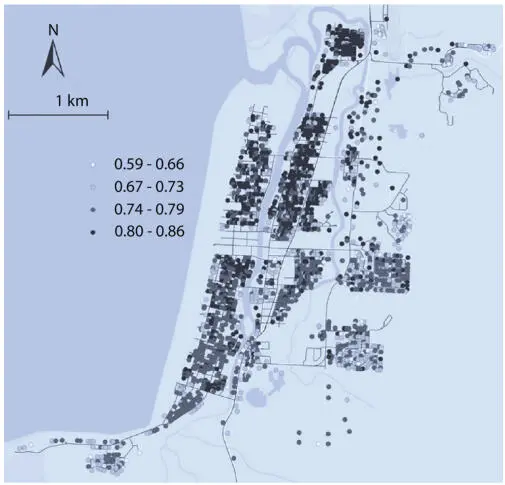
Figure 1.11Estimation of permanent residence.
An even weaker importance in the case that an adult does not dislocate in a temporary residence (the dislocation capacity knowledge is focused on the dislocation model). Figure 1.11 indicates the probability of individuals getting access to a permanent residence.
1.7 Structure Engineering Dilemmas and Resilient Epcot
Throughout the 15 years after the seminal efforts of this taskforce, new projects have arisen almost everywhere, under the umbrella of the ‘resilience’ of vital (and uncritical) networks. In 2003, the weekend of resilience in San Francisco celebrated in Tokyo, where a “low carbon and resilient city” initiative was developed, New York was using its logos as “strengthen and resilient New York” initiative, while a “100 towns and cities” initiative was founded by the Rockefeller Foundation. In 2013, the Distinguished Lecturer Award was awarded to Mary Comerio for her lecture on ‘resilience and technological issues’ and inside the qualified earthquake engineers’ group, and the theme for the 16th World Earthquake Technological Conference was ‘resilience, the latest problem of the earthquake engineering’ (which can be translated in more than one way, interestingly).
1.7.1 Dilation of Resilience Essence
Throughout the course of 15 years, “resilience” has evolved from an extraordinary term to define the “capability,” including in accident cases, to rebound from damage, pain or deformation, to becoming an increasingly commonly known “buzz word.” Google searches can informally evaluate the emerging popularity of the term (not strictly scientifically, but informatively). In July 2016, 47,000,000 “hits” were checked for “resilience” alone, up from 7,880,000,000 six years before. The most notable aspect, in adding ‘Obama’ and ‘resilience’ almost 3⁄4 million hits, is that six years ago there were only 0.4 million hits, which is no surprise, because President Obama released a presidential order compelling all federal departments to enact resilience-enhancing policies (White House, 2013). 17,300 findings were reported, up from 6,200 six years earlier for the quest for the mixture of “technical resilience.” Just 2,470 times, up from 953 six years ago, was identified for the combination “quantifying resiliency” and only three times was identified for the “quantification of tech resilience” up from just one result six years earlier (a quest for Google that offers one single hit is considered “Google’s wake,” and is a uncommon event). Surprisingly enough, the hits received from such queries indicate that, except for the case of “resilience” alone, such findings have tripled roughly from 2010 to 2016.
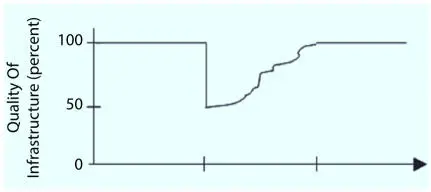
Figure 1.12Resilience seismic concept [58].
Either the word “resilience,” though staying important, has grown with an unprecedented elasticity (Figure 1.12), or the above indicate that “resilience” may have been the base of a modern Tower of Babel, in which all inhabitants speak without comprehension. A term of resilience which implies everything and all to everyone is definitely not an especially useful concept since it avoids meaning, consistency and therefore renders it intangible for practical purposes when the aim is to increase group resilience in the way can be calculated. It highlights the importance that such values and the stringent application of ‘resilience’ be re-established in this unique sense. This is discussed below and reflects in a way important to engineers on durability.
The only approach to measure the quality of life as a proportion of the general population (Figure 1.13(a), (b)) is to calculate the quality of life as a feature. Using the whole stable community without an earthquake.
That figure does not alter at State level, except for such fatalities that happened in seismically deficient hospitals. In the case of hospitals that are seismically remodeled or not. Injuries suffered after the disaster will periodically contribute to a continued decline in the stable community. All these injuries would cure, and deaths would no longer be added to the toll, in the best case, in the absence of hospital loss.
Until a disaster happens, most of the people don’t care about resilience to the designed infrastructure.
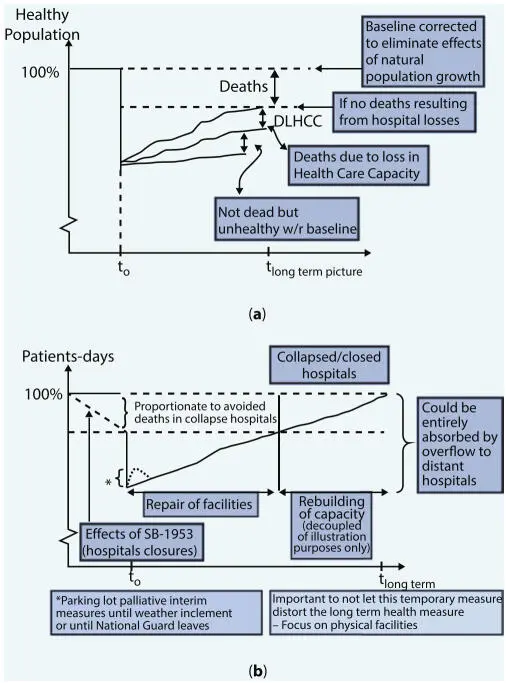
Figure 1.13(a) Healthy population (b) Patients-days treatment.
As seen, for instance, in Figure 1.14(a)—and in the hotel rooms, belongings and passports. However, it was as harshly attacked as this tight regulation was. A significant portion of the central business area was already blocked down on the second anniversary of the disaster. Additional forms of destruction were resulting from unfinished repairs/rebuild (Figure 1.14(b)).
Some rocking frames (note that the standard for Christchurch new buildings before the earthquake is reinforced concrete buildings). Surprisingly enough, there is also a big controversy on the wish of parishioners to construct again the severely destroyed cathedral in the same steel-making framework on which it was originally designed, but probably reinforced to ensure a degree of ‘collapse protection.’
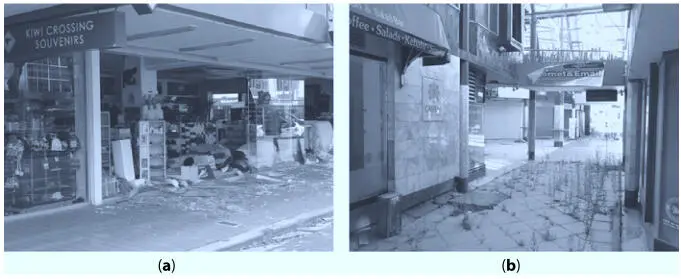
Figure 1.14(a) Building after earthquake, (b) Building two years after earthquake.
Читать дальше
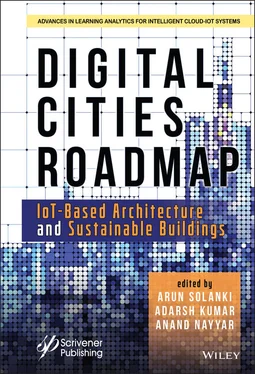






![Чарльз Диккенс - A Tale of Two Cities [С англо-русским словарем]](/books/26616/charlz-dikkens-a-tale-of-two-cities-s-anglo-thumb.webp)






